Before calling in an HVAC tech, try these troubleshooting tips. You may be able to fix the issue yourself and save some money along the way.
HVAC Troubleshooting: What All to Check Before Calling a Pro

Air Filter
There are several HVAC issues that you can fix yourself. If your system isn’t working as expected, your first order of business should be checking your air filter and replacing it if necessary. If you have pets, carpet, or if your home is near fields or construction zones, it’s a good idea to have multiple filters on hand for convenient replacement. As a general rule, 1-in. filters should be changed every month, 2-in. filters should be changed every 2 months and 4 – 5-in. filters should be changed every 6 to 12 months.

Circuit Breakers
It is not uncommon for power switches and breakers to be accidentally turned off when other appliances are being installed. If the air filter wasn’t the issue, you should check your circuit breaker to make sure the issue isn’t as simple as needing to turn a switch back on. Circuit breakers are typically located in the garage, although in some homes you can find them in the basement, hallway or storage room.
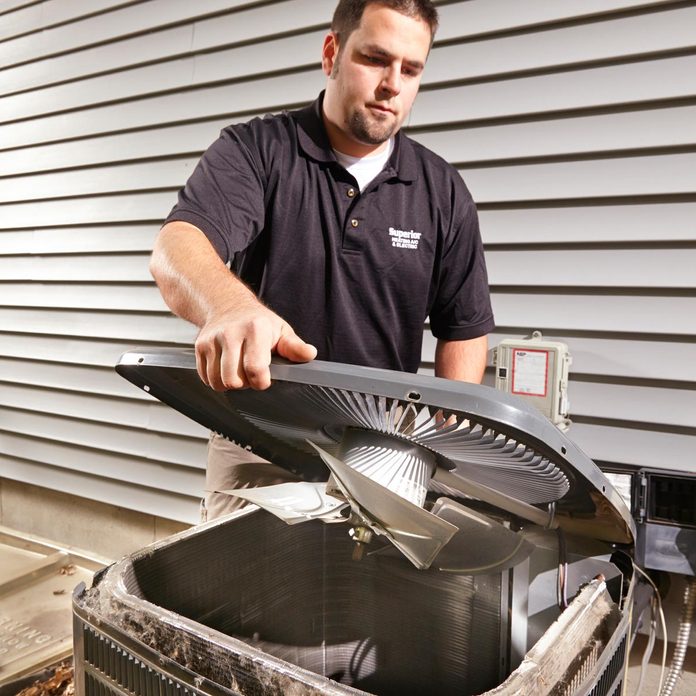
Vents
Vents are a sensitive component of any cooling and heating system. When HVAC troubleshooting, it’s important to check vents, ducts, and grills for blockage as that can be the leading factor of irregular air flow. Be sure to keep your furniture or plants at least two feet away from vents.
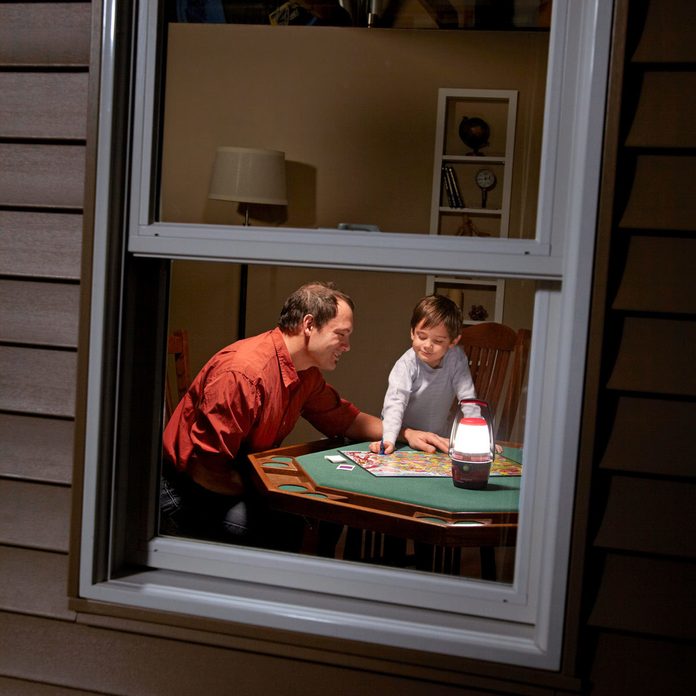
Power Outages
Before you call an HVAC tech, it is imperative to ensure you have power. If you’re having issues at a commercial property, it can be difficult to determine during business hours. However, this is often the main cause of irregular airflow. If your issues is in your home this is still a good step; a power outage is a straightforward explanation and generally doesn’t require expensive parts to repair.
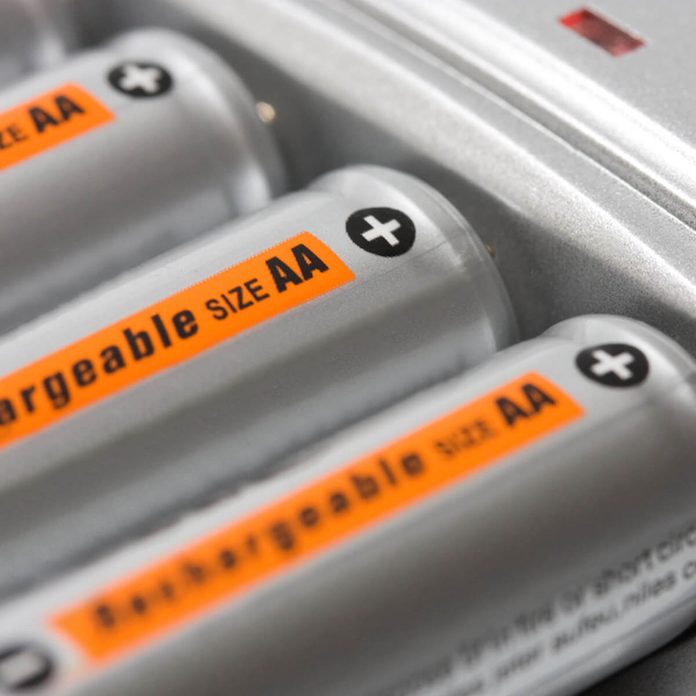
Check the Batteries
While there are a number of contributing factors such as blocked vents that can constrict air flow or lead to irreversible damages, the problem might be as simple as changing your batteries. This HVAC troubleshooting tip is often overlooked, but it’s one of the easiest fixes out there! If the thermostat is not lit, it is time to change the batteries.

Check the Outside Unit
It’s easy to overlook your outside unit during checks of the HVAC system. However, it’s the central point for airflow into a building. Debris such as leaves and branches can suffocate the entire unit as they are sucked onto the surface. If this is the issue, you can utilize a hose with a spray nozzle to rinse the unit. Start from the top to the bottom to remove excess debris once you’ve shut the power off. To prevent this from happening in the future, we recommend keeping a minimum of a 3-feet radius of debris free area to ensure healthy air flow in addition to preventing future complications.
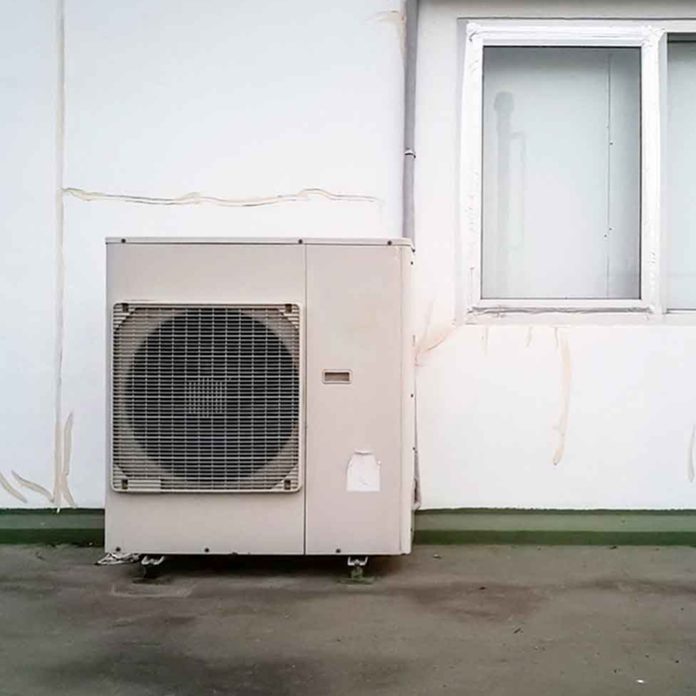
Summer Frost
If you’re having problems with your cooling system in the summer, sometimes the cause is counterintuitive. Believe it or not, your pipes can actually freeze from overuse. If this turns out to be the problem, you’ll have to thaw out the system to resolve the problem, which can take up two hours. Turn the unit off at the thermostat but turn the FAN on to efficiently thaw out the system. And to prevent the issue from happening going forward, be realistic about your settings. As tempting as it may be, do not set the thermostat below 70 degrees no matter how hot it gets outside! Otherwise you run the risk of freezing the system again.
Please note, when the system is thawed out and you turn it back on, it will continue cooling. However, it can potentially freeze over again. This could go on for a day or two. If this continues to persist for several days, it’s time to call in a certified HVAC tech as it can be an indication of further damage.
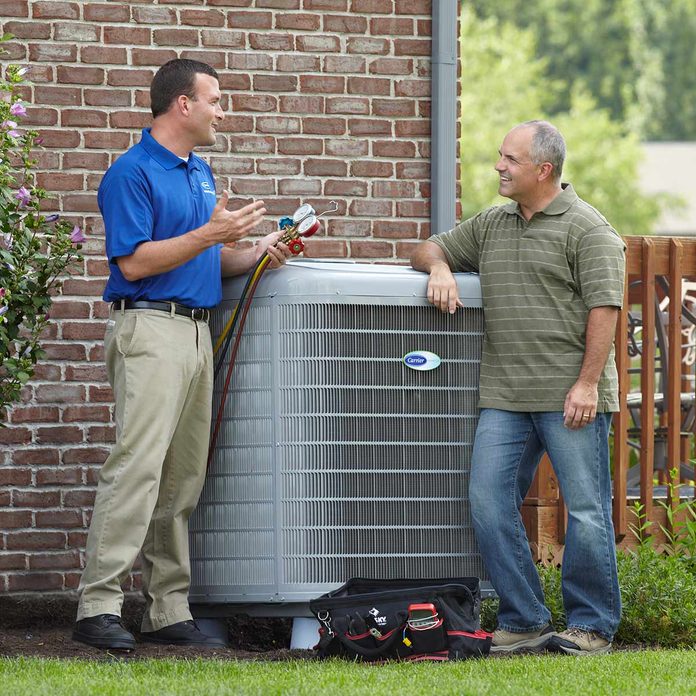
Watch Out for Wires
Sometimes you can damage your HVAC system when clearing your property of weeds. Exercise caution when using a weed whacker around an outdoor unit because it can lead to clipped wires. Be on the lookout for wires that are out of place as you approach the unit. If you spot any, please contact your local certified HVAC tech.
About the Experts
- Ryan Holden is founder of HVAC News Today, a former HVAC technician and current Director of Progressive Heating & Air based in San Diego.



















